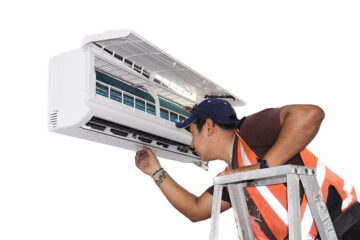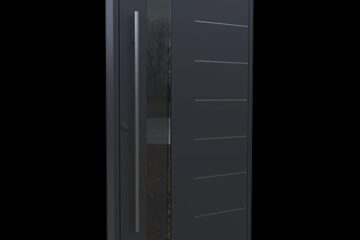Power disruptions can wreak havoc on a business’s operations in today’s increasingly digital and interconnected world. For small businesses, power outages halt productivity and result in lost revenue, spoiled inventory, and dissatisfied customers. Therefore, having a backup power source is essential. Backup generators provide an immediate and reliable power solution that can keep operations running smoothly during a blackout. For small businesses considering the installation of a generator, it is essential to understand the necessary steps, costs, and benefits involved. We will explore how a small business can benefit from a backup generator and the key considerations for its generator installation houston.
Choosing the Right Generator for Your Business
Selecting the appropriate generator for your small business is a critical first step. The type of generator you choose should align with your specific power needs, business size, and budget. There are two main types of generators: portable and standby. Portable generators are smaller, more affordable, and ideal for businesses with low energy requirements or those looking for a temporary solution. On the other hand, standby generators are permanently installed and provide automatic power in the event of an outage. They are better suited for businesses that cannot afford downtime, such as retail stores, restaurants, or healthcare facilities.
To determine the size and capacity of the generator, you will need to calculate your power load requirements. This involves identifying the essential systems and equipment you want to keep running during an outage, such as lights, computers, refrigerators, or security systems. By adding up the wattage for each piece of equipment, you can determine the total load and select a generator that can handle it efficiently. A generator that is too small may become overloaded and fail, while one that is too large can result in unnecessary fuel consumption and higher costs. Consulting with an electrician can help you make the right choice for your needs.
Installation Process and Key Considerations
Installing a generator for backup power involves several steps, from choosing the right location to connecting it to your business’s electrical system. Before installation, finding an appropriate spot for the generator is essential. The location should meet safety standards and local zoning laws while being easily accessible for maintenance. For outdoor standby generators, the unit should be placed on a flat surface, such as a concrete or gravel pad, at least five feet from windows and doors to avoid exhaust fumes entering the building.
Once the location is determined, the generator must be connected to your business’s electrical system. This process requires the installation of a transfer switch, which allows the generator to take over when the main power supply fails. There are two types of transfer switches: manual and automatic. A manual transfer switch requires someone to manually start the generator and switch the power, while an automatic transfer switch immediately activates the generator once it detects a power outage. Businesses that need continuous and uninterrupted power should opt for an automatic switch for convenience and safety.
Additionally, it is crucial to plan for fuel storage and consumption. Most standby generators run on propane, natural gas, or diesel, so businesses must ensure they have a reliable fuel source. If you choose a generator that runs on propane or diesel, you will need to plan for fuel deliveries and storage. Natural gas, however, may offer a more convenient and continuous fuel supply if your location is connected to a gas line.
Maintenance and Safety Considerations
Once your backup generator is installed, it is essential to maintain it properly to ensure it operates efficiently when needed. Generators require regular maintenance, which includes routine inspections, changing filters, and testing the system to ensure it will work during an outage. Businesses should set up a maintenance schedule to address these tasks and avoid generator failure during a critical moment.
Safety is also a key concern when installing and operating a generator. Carbon monoxide poisoning is a significant risk if generators are not installed or used correctly. Proper ventilation is essential; generators should never be placed in enclosed or partially enclosed spaces. Installing carbon monoxide detectors in your building is vital as an extra safety measure. Moreover, employees should be trained to operate the generator safely, including how to start it, switch to backup power, and shut it down once the main power supply is restored.
Another safety consideration is surge protection. When the power comes back after an outage, a sudden surge can damage sensitive electronic equipment. Installing surge protectors or a surge protection system with the generator can help prevent such damage and protect your business’s equipment.
Installing a generator for backup power is a valuable investment for small businesses that want to protect their operations from the negative impacts of power outages. By choosing the right generator, understanding the installation process, maintaining it regularly, and considering safety and financial factors, businesses can ensure they are prepared for unforeseen power disruptions. Backup generators offer peace of mind and allow businesses to continue running smoothly during an outage, ultimately minimizing losses and enhancing productivity. For any small business, installing a generator is a practical step and a long-term solution to safeguard against future uncertainties.
Keep an eye for more news & updates on Gossips!




